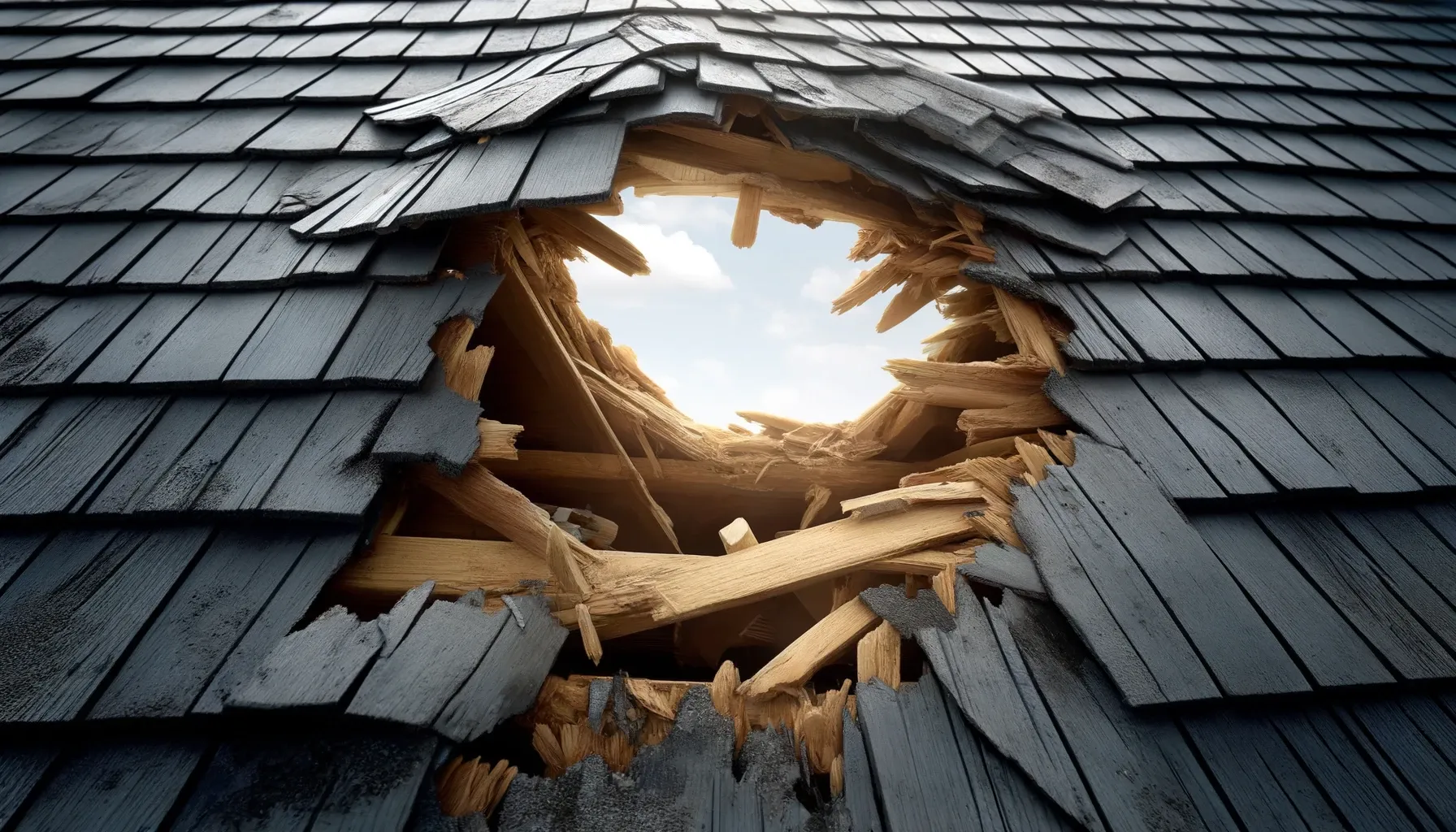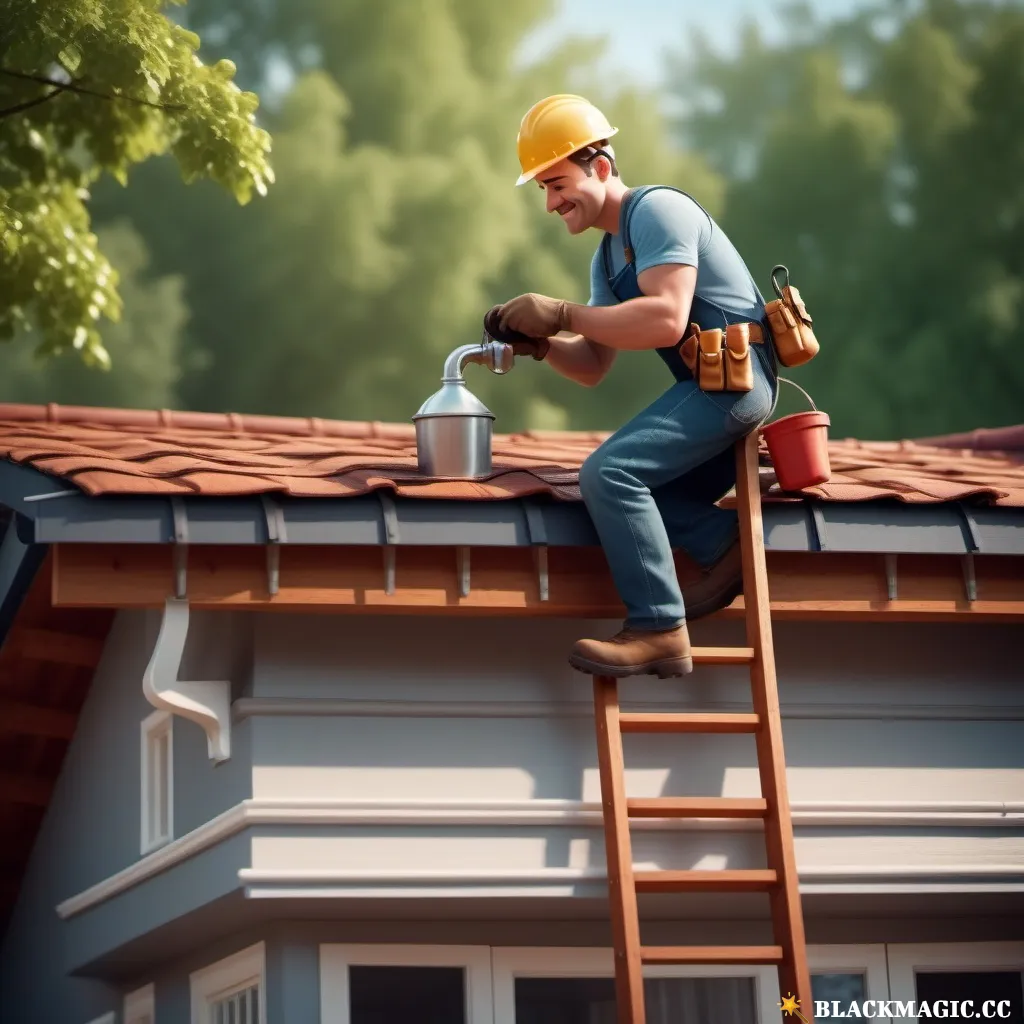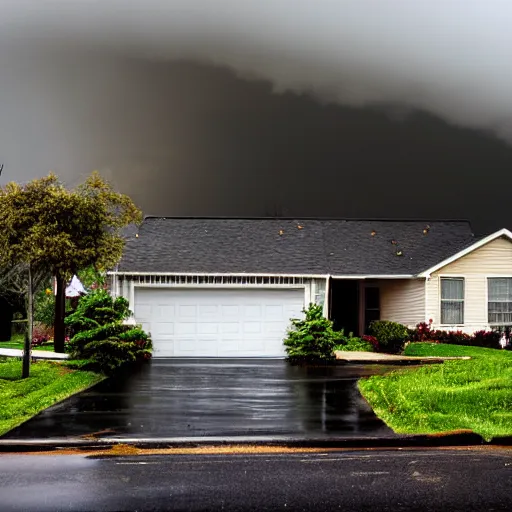Can a Leaky Roof Cause Mold? Understanding the Connection
Hey there! Wondering if a leaky roof can cause mold?
We've got the answer for you! In this friendly and informative article, we'll explore the connection between a leaky roof and mold growth.
By understanding this relationship, you'll be better equipped to address both issues effectively. Let's dive in and uncover the truth about mold and leaky roofs.
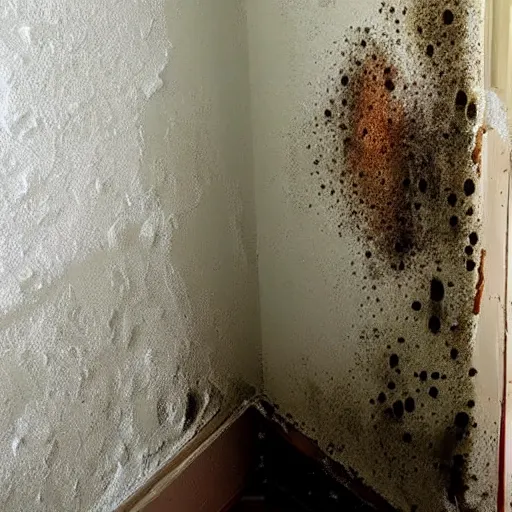
The Perfect Moisture Environment
A leaky roof can create the perfect environment for mold growth. When water enters your home through a leaky roof, it can seep into hidden areas like your attic, walls, or ceiling cavities.
Moisture, combined with organic materials such as wood or drywall, provides the ideal conditions for mold spores to thrive and multiply.
Mold's Impact on Indoor Air Quality
Mold growth isn't just unsightly; it can also impact your indoor air quality. As mold spores reproduce, they release tiny particles into the air.
Breathing in these particles can lead to respiratory issues, allergies, or even more severe health problems for individuals with compromised immune systems. Promptly addressing mold growth is crucial for maintaining a healthy living environment.
Early Warning Signs
Recognizing the early warning signs of mold growth can help you address the issue before it becomes a major problem. Keep an eye out for musty odors, visible mold growth (such as dark spots or discoloration), or allergy-like symptoms that worsen when inside your home.
These signs may indicate that mold is present and that a leaky roof could be the source.
Addressing the Root Cause
Fixing a leaky roof is key to preventing and eliminating mold growth. By repairing the source of the water intrusion, you can stop the moisture that fuels mold growth.
Fixing damaged shingles, replacing faulty flashing, or addressing underlying structural issues will help keep your home dry and reduce the risk of mold.
Mold Remediation
If you discover mold growth in your home, it's crucial to address it promptly and properly.
Mold remediation involves removing the mold and fixing the underlying moisture issue. Depending on the extent of the mold growth, you may need to hire a professional mold remediation specialist to ensure safe and effective removal.
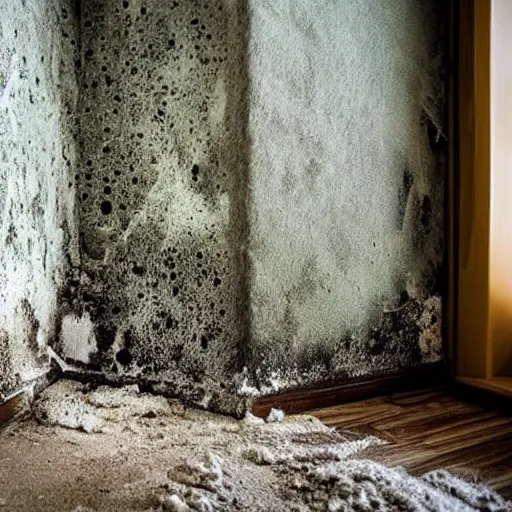
Prevention is Key
Preventing mold growth starts with proactive measures. Regular roof inspections, addressing any leaks or damage promptly, and maintaining proper ventilation in your home can help prevent moisture buildup and reduce the risk of mold growth.
Additionally, keeping your home well-ventilated, using dehumidifiers in humid climates, and promptly drying any water-damaged areas will help keep mold at bay.
Conclusion
Yes, a leaky roof can indeed cause mold growth. The presence of moisture from a leaky roof creates the perfect environment for mold spores to thrive.
To prevent mold growth, it's crucial to address and repair any leaks promptly. If you suspect mold growth, take appropriate action to address both the mold and the underlying moisture issue.
By staying proactive and addressing any leaks or mold growth promptly, you can maintain a healthy, mold-free living environment. Here's to a dry and mold-free home for you!

